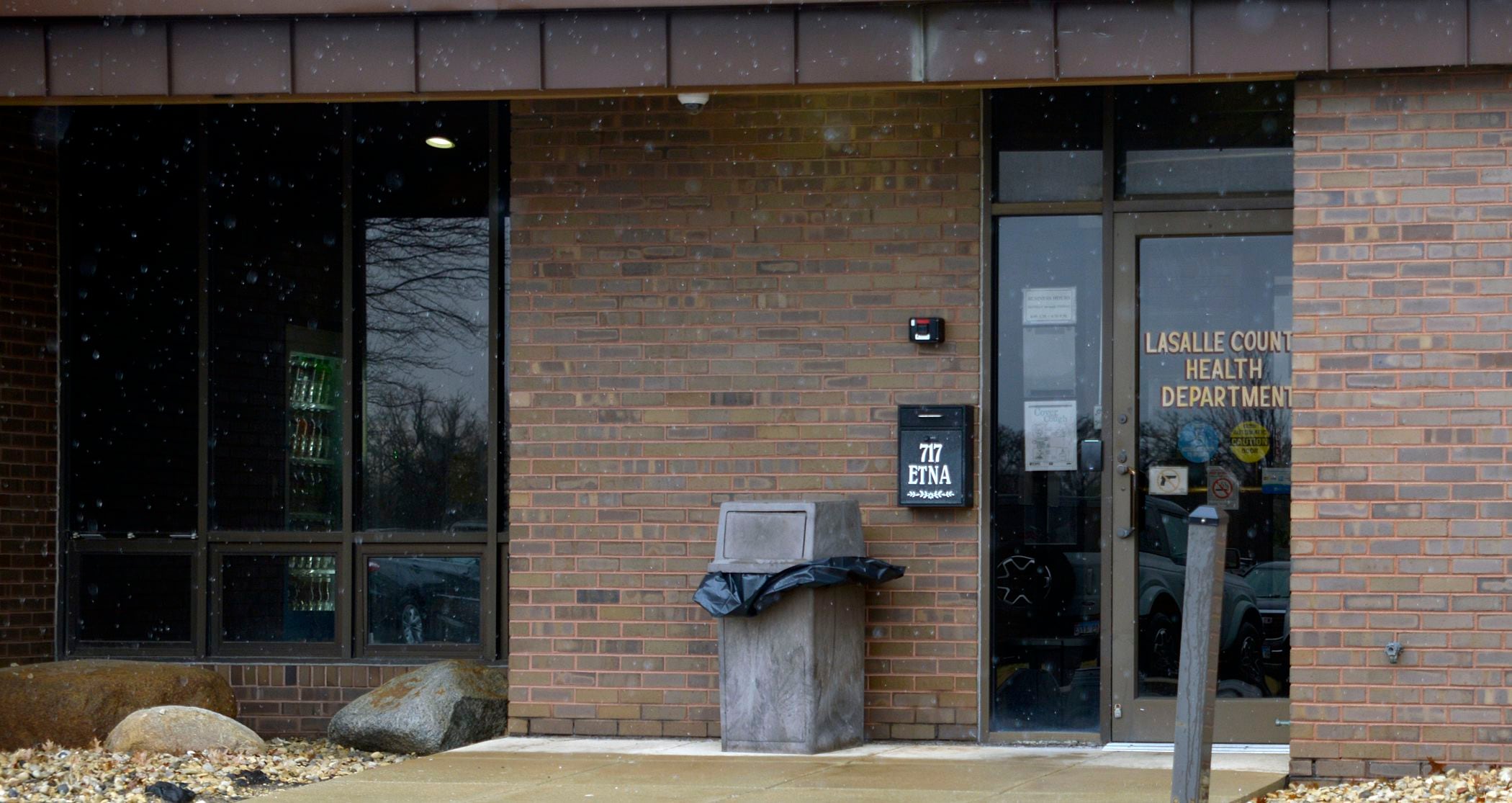Géraldine Vansteelant, MD Credit: LinkedIn A recent study showed exposure to inhalant occupational agents was linked to worse surgical outcomes after functional endoscopic sinus surgery (FESS) in patients with chronic rhinosinusitis (CRS) . 1 “Although the effects of occupational inhalant exposures on surgical outcomes in the CRS population as a whole were negligible, this prospective study clearly showed poorer doctor- and patient-reported postoperative improvement in CRSwNP patients that reported occupational exposures,” wrote investigators, led by Géraldine Vansteelant, MD, from the department of otorhinolaryngology at Cliniques Universitaires Saint-Luc, in Belgium. Approximately 10% of the European population lives with CRS, an inflammatory disease of the nasal mucosa and paranasal sinuses.
Exposure to inhalants at work, such as respiratory sensitizing agents (i.e., isocyanates in spray painting or flour dust) or irritants (i.

e., chlorine), can lead to asthma, rhinitis, or exacerbate these preexisting conditions. However, when it comes to CRS, not much is known about the occupational inhalants’ effect on this population.
Retrospective studies indicate that inhalant occupational exposures may negatively impact surgical outcomes in patients with CRS. 2 Thus, in this new prospective multicenter study, investigators aimed to investigate the effect of occupational inhalants on the outcomes of FESS in patients with CRS. 1 This study included 171 patients aged 18 – 64 years (mean age, 43.
6 years) with rhinosinusitis undergoing FESS who were followed up at 3 months and 1 year post-operation. Only 127 participants were included in the postoperative analysis. Investigators obtained occupational history from a questionnaire, doctor-reported outcomes from nasal endoscopy scores and nasal polyp scores, and patient-reported outcomes from visual analogue scales (VAS), the Sino-Nasal Outcome Test (SNOT-22), and the short form health survey (SF)-36 score.
Among the sample, 88% lived with CRS, 43% with CRSwNP, and 45% with CRSsNP. In total, 38 patients (22%) reported occupational exposure to 32 various agents, including low molecular weight irritants and sensitizers. Participants exposed to inhalants were younger (40 vs 44.
6 years), mostly male (71.1% vs 45.1%), and had more revision surgeries (13.
2% vs 10.5%) than participants without exposure. Investigators observed no difference in baseline scores between exposed and unexposed patients for both doctor-reported and patient-reported outcomes.
Among patients with CRS, exposure to inhalant occupational agents reduced improvement in nasal obstruction and postnasal drip after 3 months. However, inhalants at work did not decrease quality of life by 3- or 12-months following surgery, seen from SNOT-22 and SF-36 scores. The study identified a clear link between occupational exposure and worse and objective postoperative outcomes when stratifying patients based on the presence or not of nasal polyp.
At 3 months and 1-year post-surgery, patients with CRSwNP who had occupational exposure received less improvements in symptoms of rhinorrhea, nasal obstruction, postnasal drip, and fatigue. These patients also had worse improvements in SNOT-22 (−11.74; P < .
05) at 3 months and greater nasal polyp recurrence (-457; P < .05) ay 1 year. As for the CRSsNP population, investigators once again found no differences in doctor-reported and patient-reported surgical outcomes in patients exposed and unexposed.
“This study confirms that occupational exposure, particularly to [low molecular weight irritant] agents, negatively affects surgical outcomes in CRSwNP patients but not in CRSsNP patients, which aligns with previous retrospective studies but...
was not in line with our initial hypothesis,” investigators concluded. “This might be explained by the fact that occupational exposure in the generally more severe CRSwNP population in the preoperative phase has led to an even more severe (maybe mixed eosinophilic/neutrophilic) inflammatory subtype with worse postoperative outcomes. “ References Vansteelant G, Dietz de Loos DAE, Ronsmans S, Samaha M, Langer D, Keirsbilck S, Rombaux P, Huart C, Jorissen M, Fokkens W, Nemery B, Hellings PW, Hox V.
Association Between Occupational Exposure and Sinus Surgery Outcomes in Chronic Rhinosinusitis: A Prospective Study. Allergy. 2025 Apr 10.
doi: 10.1111/all.16555.
Epub ahead of print. PMID: 40207711. Dietz de Loos DAE, Ronsmans S, Cornet ME, Hellings PW, Hox V, Fokkens WJ, Reitsma S.
Occupational exposure influences control of disease in patients with chronic rhinosinusitis. Rhinology. 2021 Aug 1;59(4):380-386.
doi: 10.4193/Rhin21.091.
PMID: 34282809..
Top

Workplace Inhalants Worsen FESS Outcomes in Patients with CRSwNP

Inhalant exposure at work is linked to worse FESS outcomes in CRSwNP patients, with less symptom relief and higher polyp recurrence, a new study finds.











